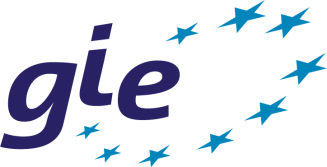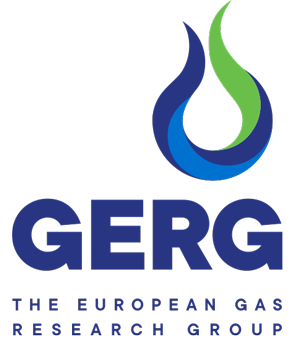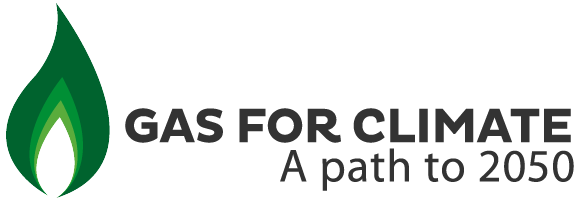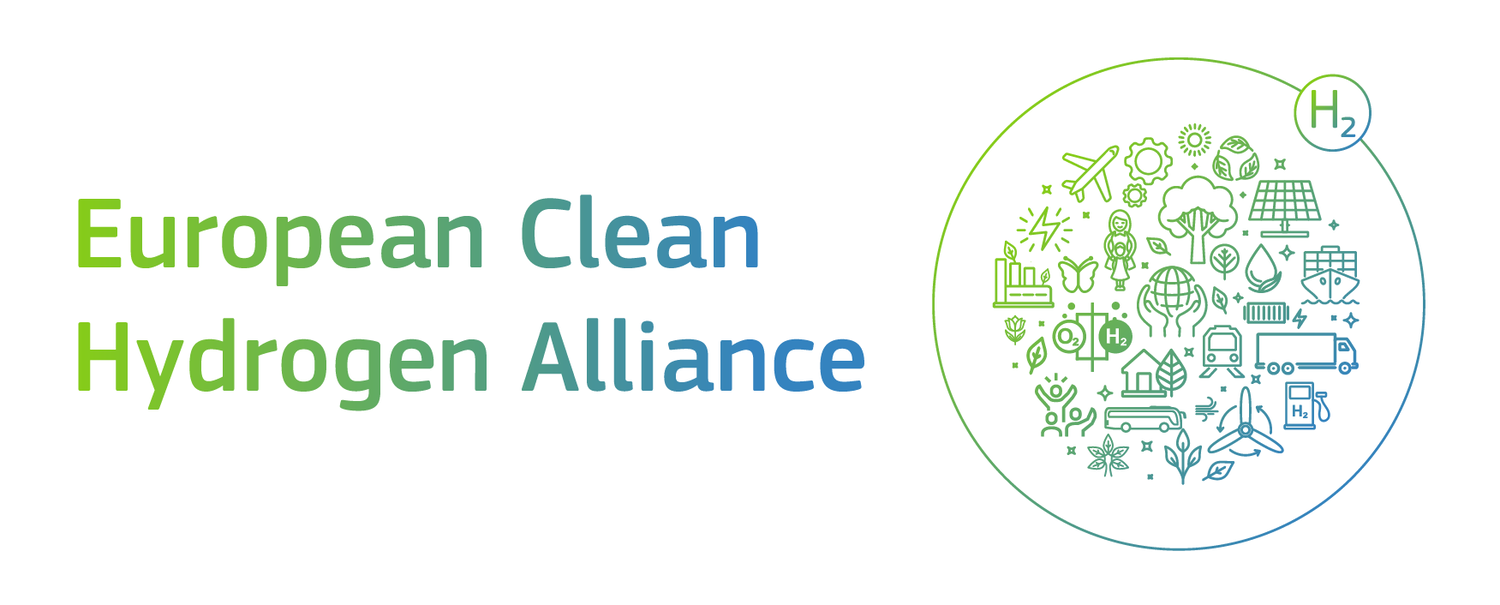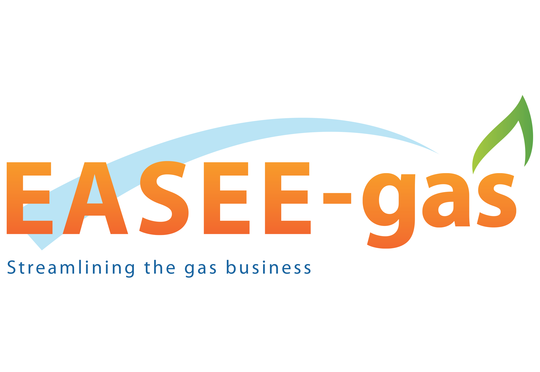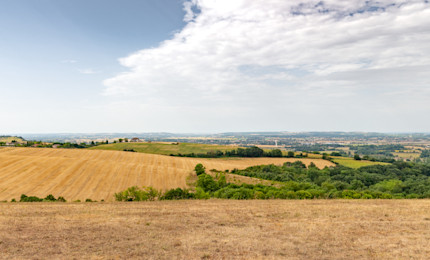Urgence gaz 0 800 028 800

Teréga mobilises for a carbon-neutral Europe
At the crossroads of Europe’s major gas flows, our network is strategically positioned to build the Europe of green energy. We are putting our gas expertise to work for Europe to become the first carbon-neutral continent.
Teréga wants to build the Europe of green energy
The European Green Pact (or ‘Green deal’) makes climate the priority of European public policies. It sets a key objective for our continent: to achieve carbon neutrality by 2050, and initiates the adaptation of the relevant regulatory provisions, in particular through the European Climate Law.
The European Commission has organised public consultations and working groups to build its roadmap. During these consultations, Teréga helped demonstrate the key role of gas infrastructures, particularly within the context of the sectoral integration strategy in the field of energy, but also for the adaptation of trans-European transport networks to renewable energies.
This already existing network, capable of adapting to new forms of energy, represents a major asset for a successful energy transition at lower cost and job creation in our territory. The work of the Gas for Climate Consortium, of which Teréga is a member, is a concrete illustration of these assets.
Teréga, a link in the European gas network
Teréga is working alongside players in the European gas sector to ensure that the energy transition guarantees a competitive and secure Europe for all. We are developing concerted action plans for:
Reducing greenhouse gas emissions,
Developing new gases,
Establishing rules for the operation of gas transport grids between the different European countries to promote interconnections,
Adapting the regulatory framework for European gas activity to the energy transition.
Teréga leads these reflections notably through its involvement in:
Gas infrastructure Europe(GIE),
European Network of Transmission System Operators for Gas (ENTSOG),
Gaz European Research Group (GERG),
Hydrogen Europe,
Consortium Gas for Climate,
Initiative European Hydrogen Backbone,
Clean Hydrogen Alliance.
Fostering renewable energies in the European energy mix
Hydrogen is recognised as an essential component of the energy transition. It makes it possible to store and redistribute solar and wind electricity. As such, it enables synergies between gas and electricity networks, and thus the optimisation of energy consumption.
Teréga partners with European players in order to develop innovative multi-energy offers. A few examples:
Building a European ‘hydrogen backbone’: Teréga and ten European gas operators have demonstrated that their existing infrastructures can transport hydrogen at an affordable cost. This European network could reach 6,800 kilometres by 2030 and nearly 23,000 kilometres by 2040. Eventually, two complementary gas transport networks could thus exist in Europe: a first network dedicated to the transport of hydrogen and a second to the transport of biomethane.
Massive storage of hydrogen: Hydrogène de France (HDF) and Teréga have signed a partnership to develop and offer solutions for geological energy storage in salt caverns. So we have launched the HyGéo pilot project to study the underground storage of ‘green’ hydrogen, which is obtained by electrolysis of water and therefore has no greenhouse gas emissions. This non-polluting hydrogen will be stored in an abandoned geological cavity previously used for hydrocarbon storage. Thanks to high-power fuel cells supplied by HDF, the stored hydrogen will be able to produce electricity.


